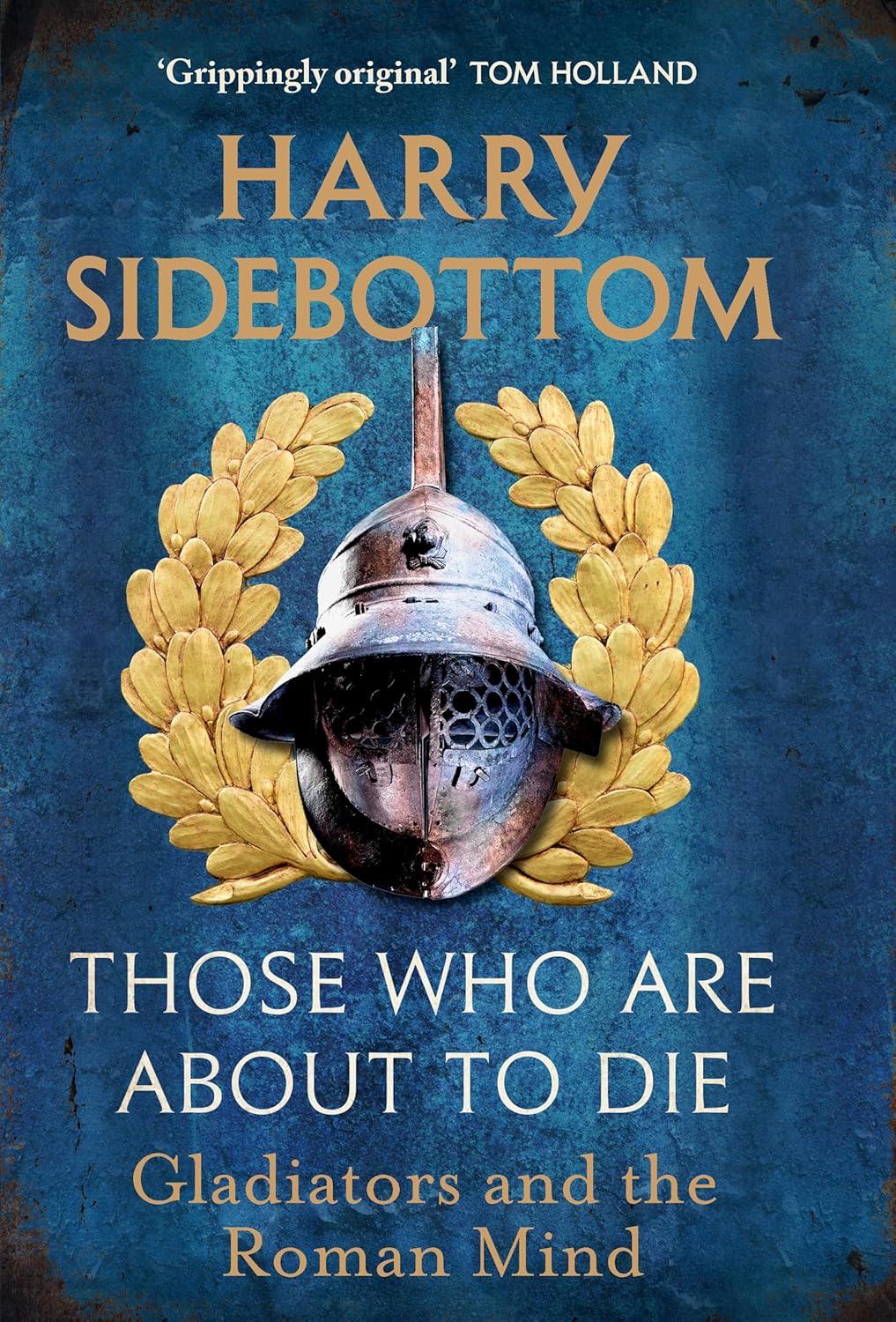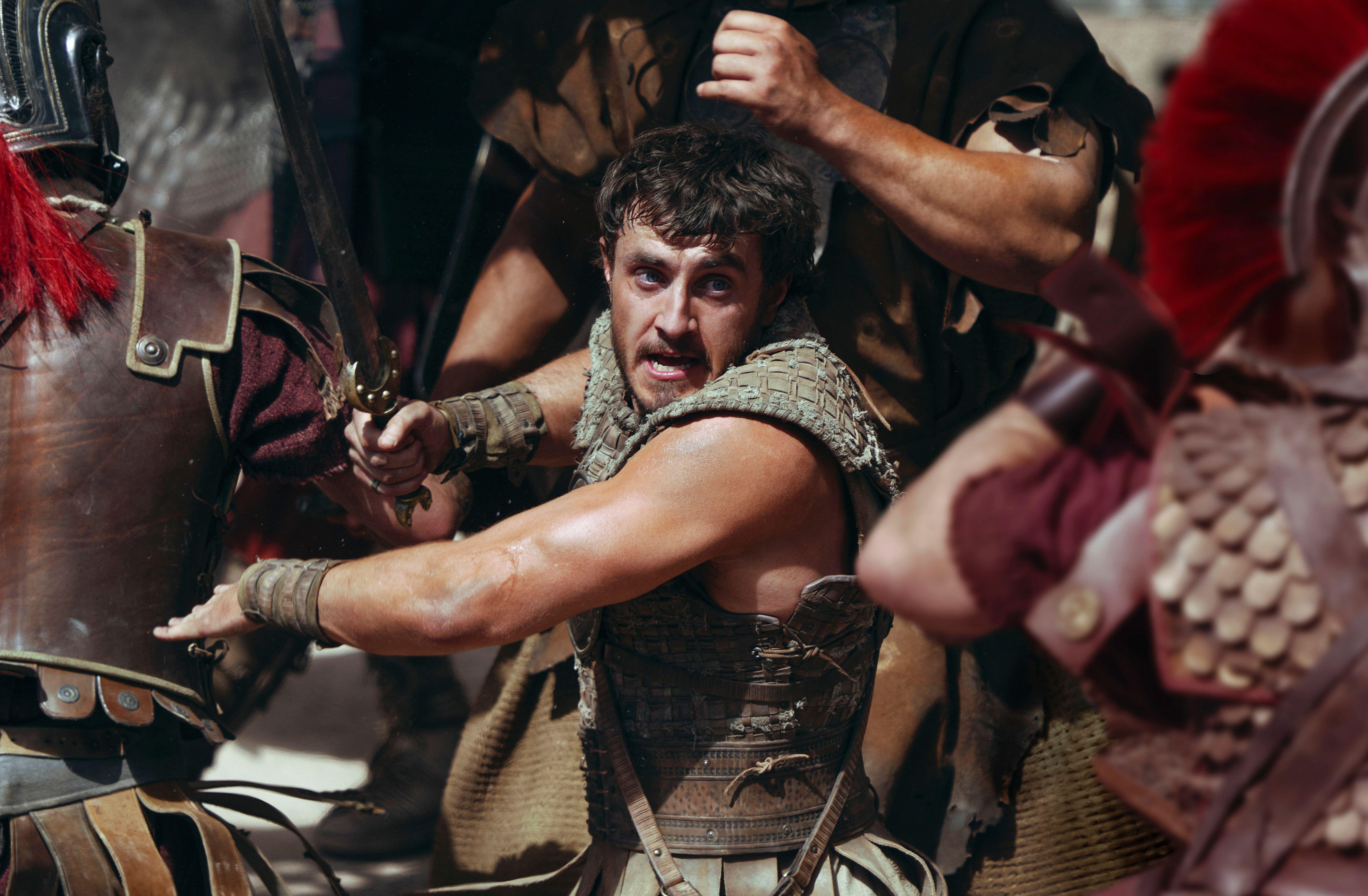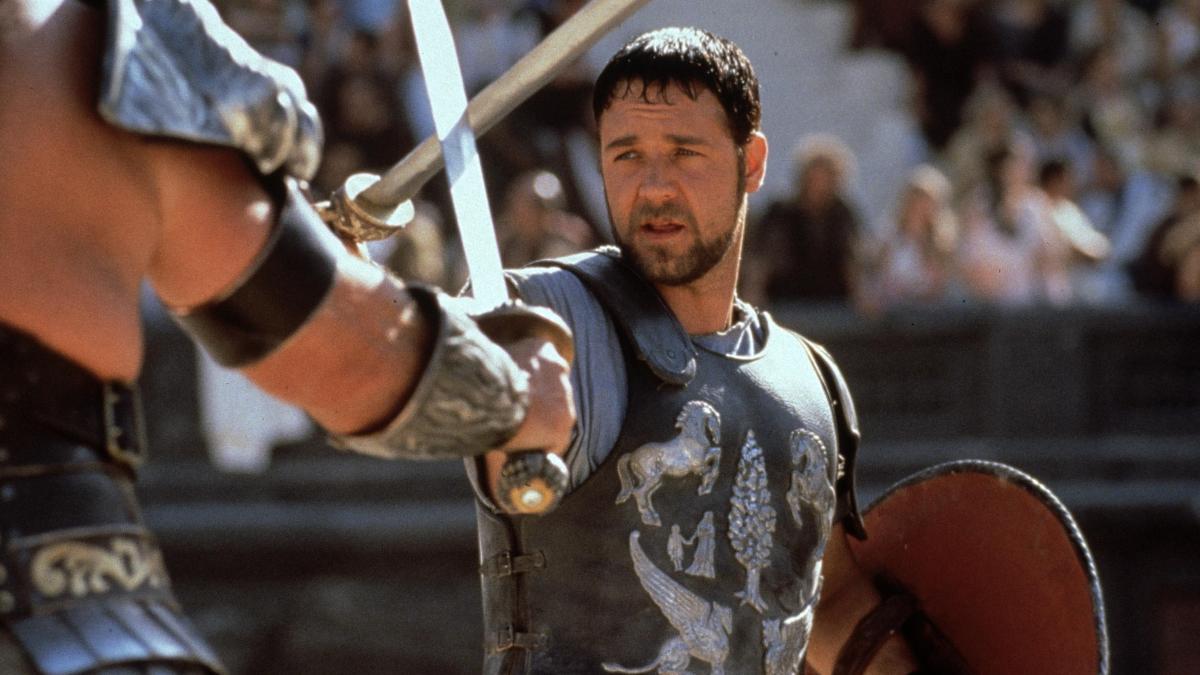Seventeen centuries before Sigmund Freud, a Greek scholar from Ephesus on the west coast of modern Turkey wrote his own analysis called The Interpretation of Dreams. This author, Artemidorus, had theories that were less about wish fulfilment than predictions.
Take dreams about fighting gladiators. Freud might have had something to say about what a fantasy of having a well-muscled man thrust his sword at you really meant, but Artemidorus believed that the opponent in your dreams revealed the type of wife you were destined to marry. If you dreamt, for instance, of a heavily armoured thraex, who fought with a curved sword, it meant your wife would be rich but devious and selfish. A secutor, with a full helmet, indicated that she would be beautiful but have a high opinion of herself and cause no end of trouble.

A retiarius, noted for his fishnets (not that kind) and trident, was a wife who slept with anyone; gladiators on horseback brought rich wives with no sense; ones in chariots led to lazy, stupid wives; and you really didn’t want to dream of a dimachaerus, who fought with two swords, since it meant she would be malicious and ugly. From this we can infer that Artemidorus was not much of a romantic. Perhaps he felt that men who dream of gladiators would be happier unmarried.
There was certainly something alluring about those men, and a few women, who fought ferociously in the arena. They may not have looked much like Paul Mescal in Gladiator II — Roman pugilists were likely to be overweight, covered in cuts and bruises, with bad teeth and worse breath — but they were what passed for sex symbols in those days. Two pieces of graffiti in the gladiators’ barracks in Pompeii proclaim that Cresces the retiarius was shagging all hours of the day, while Celadus the Thraex was a heart-throb. Harry Sidebottom, the author of this spicy history of gladiators, suggests these were not the gushings of groupies but egotistical boasts by the men themselves.

Paul Mescal in Gladiator II (2024)
AIDAN MONAGHAN/PARAMOUNT PICTURES/BFA/ALAMY
Juvenal said that being a gladiator turned an ugly man into an Adonis in women’s eyes. “It’s the steel they love,” the poet wrote. Men were obsessed too. Maecenas, a patron of the arts under the emperor Augustus, discussed the warriors’ form on a carriage ride with the poet Horace; the playwright Terence complained that one of his performances had been ruined by a crowd rushing in thinking that gladiators were fighting. The Romans felt it was good luck to part a bride’s hair with a spear that had been thrust into a gladiator’s body and drank tinctures of their blood to cure epilepsy.
Sidebottom, an Oxford academic who specialises in ancient warfare and an author of historical fiction, blends extensive research — 20 pages of bibliography and almost 60 of endnotes — with a talent for vivid storytelling to distil 700 years of gladiator history into the 24 hours around match day, from eve-of-fight rituals to stripping the corpses. There is by necessity a lot of chronological hopping around, but as a narrative device it works.
We start the night before with the cena libera, a public meal in which the gladiators are let off their usual bean and barley to get stuffed on good meat. A sort of Come Die with Me occasion that allows people to inspect their heroes as if they were stallions in the parade ring. Sidebottom then takes us through the four watches of the often sleepless night with detours into such topics as sex, suicide and city life.
The earliest recorded gladiatorial contest was in 264BC with funeral games for a senator at which three pairs of warriors fought. At the next mention, in 216, there were 22 pairs. And so an arms race began: 25 pairs in 200, 60 in 183, 74 in 174 … a century later, Julius Caesar staged a contest for 320 pairs of fighters, at significant cost. Putting on a good show was how an ambitious politician in the Republic won favour.
In imperial Rome it was an important tool for controlling the people. Chariot-racing drew bigger crowds — 150,000 could watch that in the Circus Maximus compared with 50-80,000 in the Colosseum, which opened in AD80 — but the latter was where you showed your glory. When Trajan returned victorious from Dacia in 107, he threw a festival lasting 123 days in which 10,000 gladiators fought and 11,000 animals were slain. Other emperors, like Nero or Commodus, became gladiators themselves, in somewhat rigged contests. The enthusiasm for such entertainment spread across the empire.
• Meet the real gladiators (and the animals who attacked them)
The career of a gladiator was not necessarily short. The risk of dying in a fight was maybe only one in eight since not all bouts were to the death and you would only fight two or three times a year. There is only one recorded instance of the salute that gives this book its title. As well as fame, it could bring good money: Marcus Aurelius passed a law in the 2nd century AD limiting what a gladiator trainer could charge for a fight — 12,000 sesterces for a freeman and 15,000 for a slave, of which the fighter would get about a quarter, which compared with the annual legionary’s salary of about 1,200 sesterces.
Owning gladiators, however, could be expensive, especially under Caligula. The whimsical emperor compelled politicians to buy gladiators at auction. When one senator fell asleep Caligula instructed the auctioneer to take his nodding as bids. He woke to find he’d bought 13 of them for nine million sesterces. You wouldn’t want that investment cut down at the first slash of a gladius.

Detail of the 4th century Gladiator Mosaics in the Galleria Borghese, Rome
ALAMY
There was more carnage in the entertainment that preceded the gladiators. A day at the games began with animal hunts, which became increasingly exotic as crocodiles, hippos and giraffes arrived from far campaigns. A show thrown in 55BC by Pompey had 1,000 leopards and lions and 20 elephants, who stirred the crowd’s sympathy by reportedly adopting a begging posture and wailing to be spared.
At lunchtime, there would be some executions for light relief — the victims set on fire or torn apart by beasts since crucifixion was too slow and beheading too quick — and then came the gladiators, overseen by judges who used a stick to drive reluctant fighters together and restrain the victor once his opponent has submitted. Mercy was often sought from the patron of the games who could be swayed by the crowd. After a fatal blow, attendants dressed as the gods of the underworld would come out to make sure they were dead. “Mercury” would press heated metal into flesh and if they twitched “Pluto” would smash their skull with a hammer to make sure.
• Read more book reviews and interviews — and see what’s top of the Sunday Times Bestsellers List
Such was the brutality of sport — and the crowds loved it. The philosopher Seneca wrote that nothing so damaged character as going to the games. “Vice steals secretly upon you through the avenue of pleasure,” he wrote. “I return home more greedy, more ambitious, more voluptuous, even more cruel and inhuman, because I have been among other people.” No wonder Christian leaders banned it. To get such feelings these days we must enter the arena of social media where fortunes still depend on the turn of a thumb.
Those Who Are About to Die: Gladiators and the Roman Mind by Harry Sidebottom (Hutchinson Heinemann £25 pp416). To order a copy go to timesbookshop.co.uk. Free UK standard P&P on orders over £25. Special discount available for Times+ members
